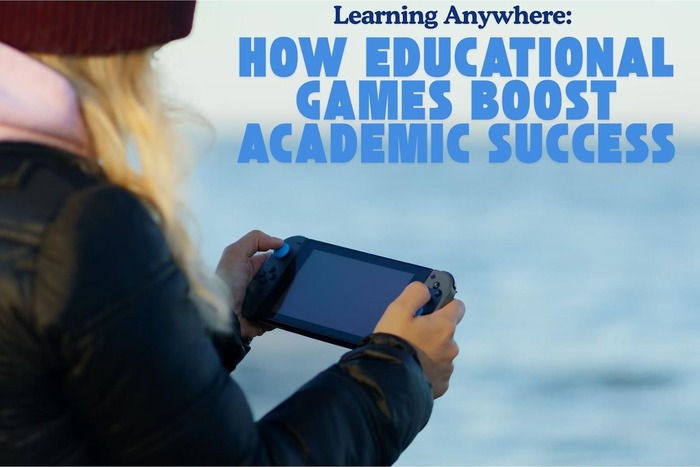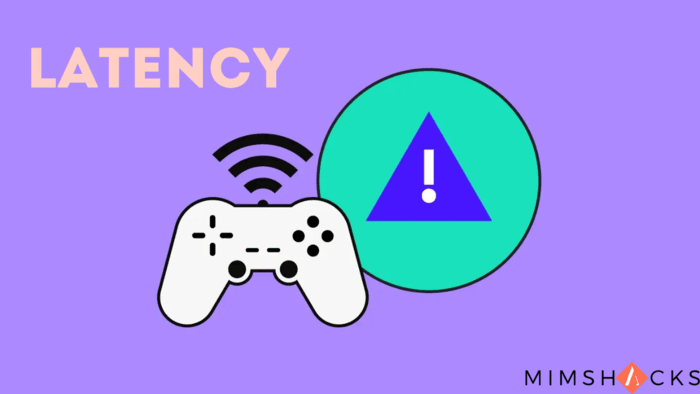Using Educational Games to Improve Academic Performance

The concept of integrating educational games into traditional learning with an aim to improve academic performance is not new. It has, however, gained a lot of traction over the past decade. These games are not merely about fun, but they’re made to increase the learning outcomes while upholding the best pedagogical principles.
From complex problem-solving to using foundational knowledge for practical purposes, they seem to work for any age or discipline.
According to Brazilian education specialist Paulo Ribeiro, “O uso de jogos educacionais para escolher temas para TCC em engenharia mecânica, exemplos de artigo ou monografia, pode ser uma maneira inovadora de melhorar a compreensão acadêmica dos estudantes.” (The use of educational games to choose topics for CBT in Mechanical Engineering, examples of article or monograph, can be an innovative way to improve students’ academic understanding.)
Are There Real Benefits to Educational Games?
There is a wealth of psychological and cognitive benefits to speak of, when analyzing these games. Studies show that gamified learning environments increase student engagement by up to 34%, leading to better knowledge retention and higher grades.
These games stimulate areas of the brain linked to memory, problem-solving, and creativity. They also provide more clarity and confidence when tackling academic challenges.
Games help students get a better sense of achievement through reward systems, while encouraging consistent effort and perseverance. According to research published in the Journal of Educational Psychology, students using interactive learning tools demonstrated a 20% improvement in problem-solving skills compared to traditional methods.
This shows how games not only teach content but also shape critical life skills. By combining fun and function, educational games create a dynamic learning environment that empowers students to excel academically and beyond.
Educational Games Enhance Cognitive Development
Engaging in educational games can give students access to abilities that stimulate their cognitive processes. These games enhance critical thinking, memory retention, and decision-making among other cognitive processes. Games are built on interactivity and challenge players to think beyond routine memorization, they promote deeper understanding.
Take, for instance, puzzle-based games like Minecraft Education Edition. They encourage students to solve problems creatively and improve spatial reasoning and critical thinking skills. When students engage in strategic games, such as simulations or problem-solving quests, they tend to perform better in tasks requiring logic and reasoning.
Examples of Cognitive Benefits
- Memory Retention: Flashcard apps or trivia-based platforms help reinforce knowledge. They help students remember key concepts over time. If we consider apps like Quizlet, it is interesting to note that these interactive quizzes that adapt to a student’s progress will actually help with reviewing crucial concepts. In this way, students get easier familiarized with the information and processes they struggle with most. Consider trivia games, the best-known educational games available. They make learning fun by introducing competitive elements and encouraging engagement at a deeper level. When paired with spaced repetition techniques, they will increase and enhance retention of information.
- Problem-Solving: Simulation games are very helpful with this cognitive process. They explore real-world scenarios and encourage applied learning through scientific experiments or urban planning, for example. Consider games like SimCity where players are tasked with managing resources, making policy decisions, and addressing natural disasters. These experiences mimic real-world problem-solving and teach young learners how to strategically think and act. Scientific simulations like Foldit challenge players to solve protein-folding puzzles, contributing to actual scientific research. These games also show how learning can have tangible, real-world impacts.
- Decision-Making: Multiplayer games, where players collaborate and make choices under time pressure, help refine decision-making skills. Take, for instance, a game like Among Us where players must quickly analyze information, communicate effectively, and make decisions based on incomplete data. This mirrors real-life scenarios where time-sensitive decisions are crucial. Games like Civilization require players to manage resources, form alliances, and plan long-term goals, all while adapting to changing circumstances. These experiences teach students to evaluate options critically, anticipate outcomes, and work collaboratively under pressure.
Games Help Fill Gaps in Traditional Learning
Let’s face it: traditional educational systems will often fail to address the diverse needs of learners. With educational games, you get an adaptive and inclusive approach that will help with different learning styles, from visual to auditory and kinesthetic.
Many games are created with diversity in mind and are especially created to help students with learning disabilities. Consider games like Kahoot! or BrainPop, where people can learn at their own pace. These platforms will use gamified quizzes, animations, and challenges to explain complex topics in a simplified manner.
Addressing Common Challenges
- Engagement: Many students find traditional lectures monotonous. Games introduce an element of fun. They also maintain high levels of interest and participation.
- Personalization: Games adapt to the individual pace of learners, offering customized difficulty levels and targeted feedback.
- Motivation: The reward-based structure of games, earning points, badges, or unlocking new levels, boosts intrinsic motivation among students.
By supplementing classroom learning with games, educators can ensure no student is left behind.
The Role of Technology in Gamified Education
The integration of technology in education has paved the way for gamification. Educational games today are powered by advanced technologies like cloud computing, AI, and AR/VR, creating immersive learning experiences.
Chromebooks, for example, have revolutionized classrooms by facilitating seamless access to cloud-based educational tools and games. Platforms like Quizlet and Prodigy are accessible via Chromebooks, offering a plethora of interactive learning resources. According to this article, Chromebooks’ affordability and accessibility make them a staple in schools worldwide.
Technological Innovations in Educational Games
- Virtual Reality (VR): Apps like Tilt Brush or Google Expeditions allow students to explore historical landmarks or biological processes in 3D.
- Artificial Intelligence (AI): Adaptive learning platforms like DreamBox analyze student performance and adjust the game’s difficulty level accordingly.
- Cloud Gaming: Tools like Google Stadia enable multiplayer collaboration in educational settings, enhancing teamwork and digital literacy.
The synergy between technology and gamification ensures that educational games remain relevant in today’s digital-first world.
Improving Academic Outcomes Across Disciplines
Educational games are not confined to a specific subject. They are versatile tools that enhance learning across disciplines, from math and science to languages and social studies.
Subject-Specific Applications
- Mathematics: Platforms like Prodigy gamify math concepts, allowing students to master topics through interactive challenges and real-time feedback.
- Science: Simulation games such as Kerbal Space Program enable students to build and launch virtual rockets, reinforcing concepts of physics and engineering.
- Languages: Language-learning apps like Duolingo use gamification to teach vocabulary and grammar through fun exercises and streaks.
- Social Studies: Historical games like Civilization VI or Oregon Trail immerse students in historical events, making history engaging and memorable.
The versatility of educational games allows them to meet diverse curricular needs, ensuring improved outcomes in both STEM and humanities subjects.
How to Incorporate Educational Games Effectively
While educational games have immense potential, their effectiveness depends on how they are integrated into the learning process. Educators and parents must choose games that align with learning objectives and complement the curriculum.
Best Practices for Using Educational Games
- Define Clear Goals: Choose games that target specific learning outcomes, such as improving problem-solving skills or mastering a new language.
- Balance Fun and Education: Opt for games that strike a balance between being engaging and educational, ensuring that students remain motivated while learning.
- Monitor Progress: Use analytics provided by platforms like Studybay to track student performance and adapt teaching strategies accordingly.
When implemented thoughtfully, educational games can transform the way students learn, equipping them with skills that go beyond the classroom.
Educational games represent a paradigm shift in how we perceive learning. They break the monotony of traditional teaching, introduce interactivity, and cater to the diverse needs of students. From improving cognitive skills to bridging gaps in traditional learning, the benefits of gamification are both profound and wide-reaching.
To stay ahead in the ever-evolving landscape of education, embracing tools like educational games isn’t just an option; it’s a necessity. And for those exploring advanced ways to enhance learning, platforms like Studybay can offer valuable insights and resources.






